Nail clippers for dogs: varieties, features of choice and use
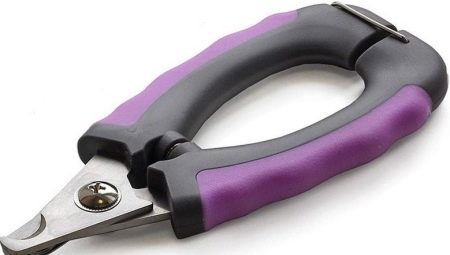
Every conscientious owner should monitor the condition of the dog's claws. Some people prefer to go to a veterinary clinic or a groomer, however, this is not always convenient. The procedure must be carried out regularly, starting from the first appearance of the pet in the house. On average, claws should be cut once every 2-3 weeks. Choosing the right instrument will allow you to perform the procedure quickly and safely.
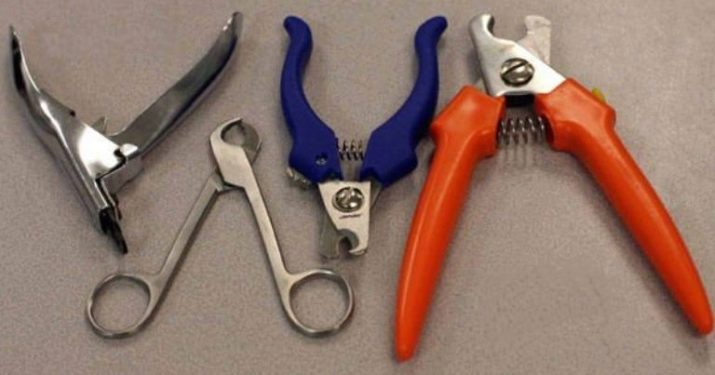
Views
A claw cutter is necessary to remove regrown claws. Tools differ in design.
Guillotine
The working surface is presented in the form of a circle, a hole in which the claw is placed. When you press the handles, the blade comes out, which makes a cut. The cutting blade must always be sharpened. Otherwise, the claw will not be cut off, but squeezed.

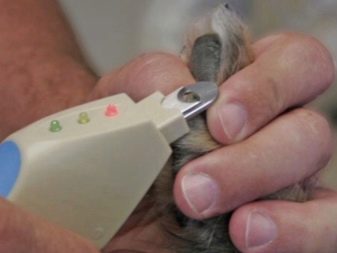
Secateurs
The tool is more comfortable thanks to the limiter on the working part. Pressure (compression) control is provided by a spring system. For safe storage, a lock on the handles is provided.
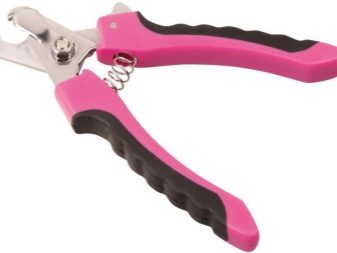
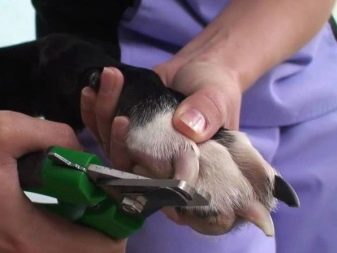
Scissors
Visually similar to the usual office scissors, but one blade has a recess for a claw. Not the most ergonomic version of the handles makes this type of claws less attractive.

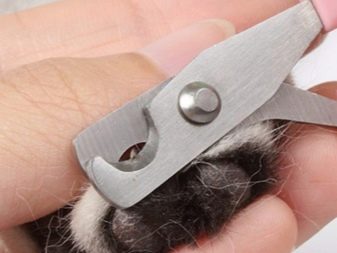
Grinders (trimmers)
They resemble a sander with a round nozzle. The nails are sharpened neatly, which minimizes the risk of damage. The best are the models with a drum-shaped limiter, which allows you to protect the skin on the paw. Among the disadvantages of the trimmer is noted noise, the formation of dust and a specific odor. The machine is powered from the mains, therefore you won't be able to use it on the road.
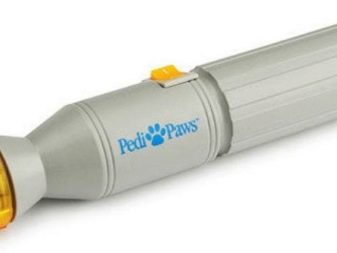
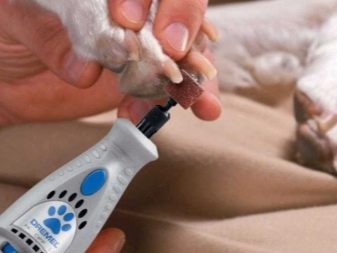
How to choose?
It is strictly forbidden to cut the claws of dogs with any household tools. This is directly related to the special density and structure of the claw. You cannot use claws that are intended for cats. Using the wrong tool is fraught with injuries, delamination of the claws, and bleeding.
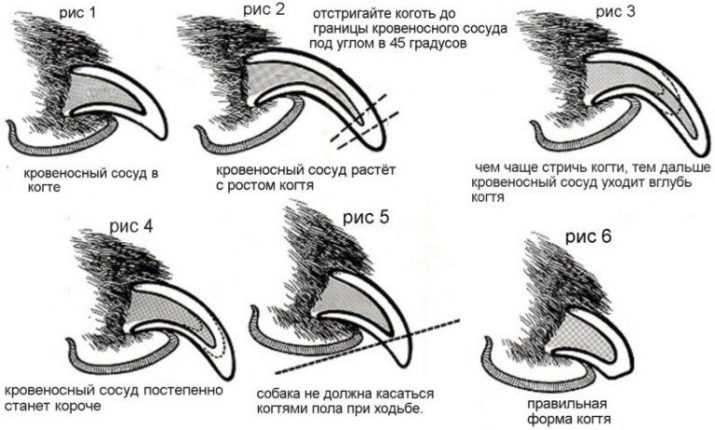
Recommendations for choosing a nail clipper.
- Guillotine clippers are suitable for cutting soft nails commonly found in small to medium sized breeds or puppies.
- Pruners are capable of cutting any claw thickness. Great for large dogs.
- It is inconvenient to hold the scissors in your hand, because of which you can inadvertently injure the dog or harm the claw itself. Best suited for emergency trimming of long, thin nails.
- It is important to find the optimal size. The clipper for large dogs should be 16-18 cm, for medium - 14-16 cm, for small dogs - 8-11 cm.
- Electric claw trimmer - suitable for cutting nails of any thickness. It is better to accustom an animal from childhood, so as not to frighten him with noise and smell later. The tool allows you to round off the cut line as much as possible, the dog will not scratch the owners or furniture.
- A quality product leaves a smooth and even cut. The slightest flaws signal that the material of the claw cutter is of poor quality or the blades are not sharpened properly.
- The best option is considered to be a tool with rubberized handles. This way you can control the situation as much as possible during the procedure.
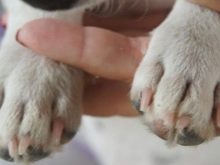
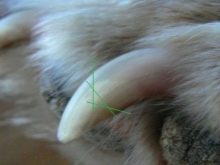
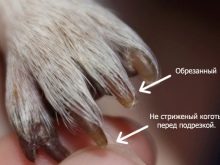
Rating of the best models
When choosing, preference should be given to well-known companies. The cheapest tool will help you save 1 time, however, it will not last long and can cause damage to the nail bed or more serious injuries.
NOBBY for dogs
Typical pruning shears with rubberized handles fit comfortably in the hand and give good results. The material is of high quality, the blades do not dull even with prolonged regular use.
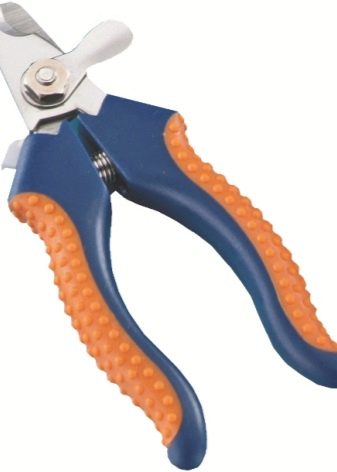
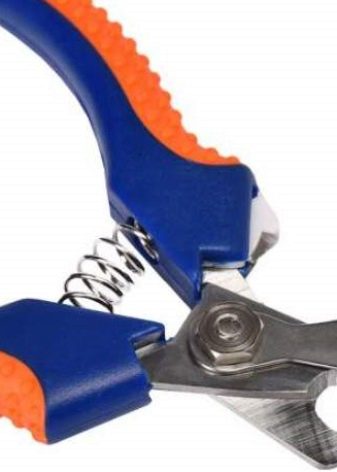
Trixie Nippers DeLuxe
The stainless steel blades do an excellent job with the thick claws of large breeds. The tool is comfortable to use thanks to the ergonomic handles.
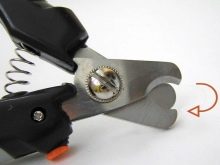
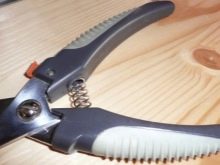
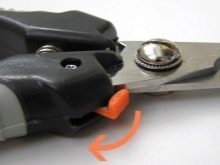
Stainless steel
Designed for small breed dogs. The guillotine is safe to use because it does not allow the nail to be placed beyond the stopper. Recommended for people who are just starting out with the procedure.
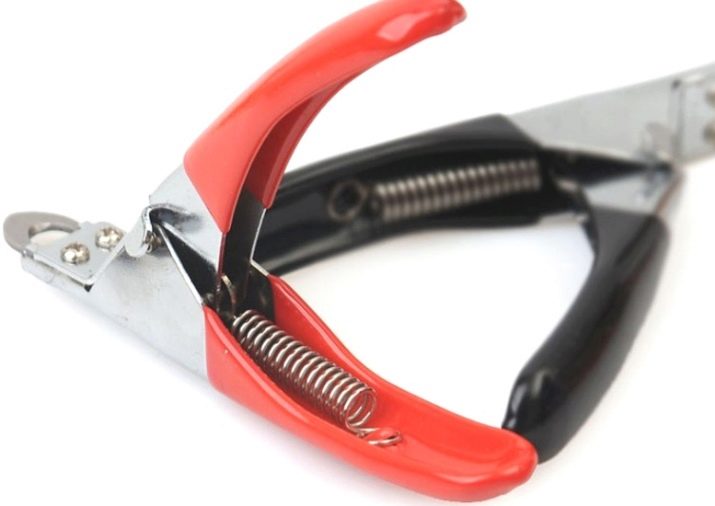
TRIOL 331А
Affordable cost combined with high quality blades. The handle and lock are made of plastic and have rubber covers.
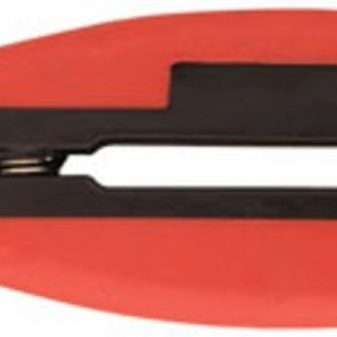
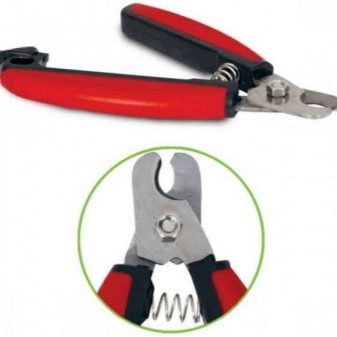
Features of use
Before the procedure, the owner must calm down, otherwise the pet will feel fear and behave nervously. If the animal is afraid anyway, then carry out the procedure several times as accurately as possible, however, do not cut the claws. Such preparation is necessary so that the dog understands the course of the procedure and feels more confident. Over time, use the nail clipper on a pencil or object to give your pet a special sound. Trim 1 claw after 5-7 prep procedures.

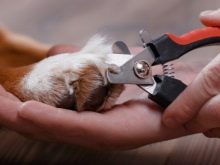
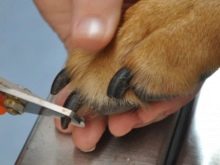
Accompany the preparation process promotions and goodies. The goal is for the dog to understand the procedure and its safety in as much detail as possible.
At this time, it is especially important not to offend the animal, not to hurt. Cutting the claws is not difficult, but you need to use maximum patience and act carefully.
Rules for the use of guillotine and pruning tools.
- Sterilize your nail clipper with rubbing alcohol or vodka. You also need to disinfect your hands or gloves. The dog's paws should also be washed and dried.
- If possible, you can trim your nails immediately after bathing. At this time, they are as soft and pliable as possible.
- Take a close look at the pet's claws. If they are light, then the pulp (tissue with blood vessels) will be easy to see. It is important not to hurt her when circumcising. The cut should be located 1.5-2 mm from the edge of the pulp.
- If the dog has black claws, then you need to cut 0.5 mm. You need to finish the procedure as soon as a pink dot or a place that looks like a wet spot appears in the middle of the claw.
- Start cutting the claws from the front paws. The dog must stand on the floor or on a special non-slip table.
- With your left hand, press the pad of your finger to extend the claw.
- With a quick motion, cut at a 45 ° angle towards the inside of the foot 1 mm.
- Continue cutting 0.5 mm until you are within the desired distance to the pulp.

It is impossible to cut the claw immediately to the pulp in one motion. The risk of injury is too great. If you touch living tissue, then the animal will be hurt. If the dog jerks at this moment, then there is a risk of ripping out the claw altogether.
It is possible not to finish the procedure, but to postpone it for a while if the dog becomes nervous.
Principle of use trimmer slightly different from cutting tools. It is not necessary to cut the claws, they are simply filed. Grinders have several attachments in the set, which are made of grinding stone.
Using a power tool takes longer because it gets hot and needs to be turned off. It's even better for a dog, because it's not so scary.
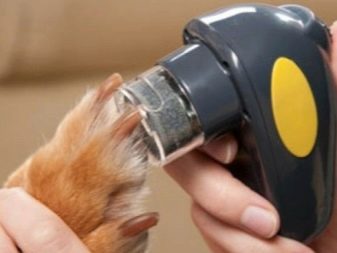
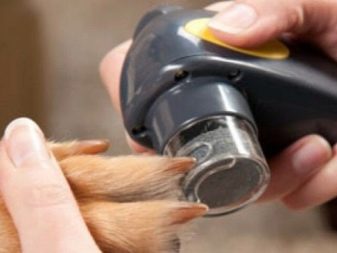
Trauma help
Cutting the claws is not difficult, however, the owner's inattention or the dog's nervousness can lead to unpleasant consequences. Better to be safe even before the procedure begins. If the pet is quite active or impressionable, then it is recommended to first give a sedative. Funds must be purchased at a veterinary pharmacy. Herbal preparations slightly reduce the excitability of the nervous system.
Place a powder, tissue, or dusting powder near the site of the procedure to stop bleeding. With a little carelessness, damage to the pulp is accompanied by hemorrhage from dozens of important vessels. Heavy bleeding from trauma can scare the dog. therefore, the calmness and composure of the owner play a key role. It is strictly forbidden to use such means:
- iodine;
- peroxide;
- fucorcin;
- vodka;
- greenery;
- alcohol;
- dimexide.
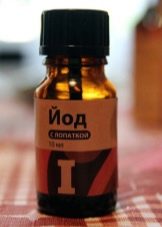
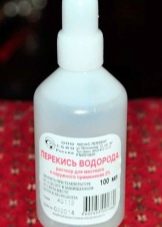

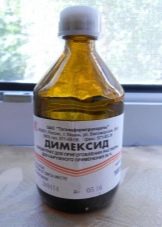
If there is no special powder or baby powder at hand, then it is better to use regular food flour. Various remedies that cauterize or contain alcohol will aggravate the pain several times. Before the first claw clipping procedure, you should consult with your veterinarian to find out which remedy is best to use. You should not take medications without a doctor's prescription.
As a result of improperly performing the procedure, you can undermine the dog's claw. Usually this is due to the fact that the owner squeezes the tool for a long time, and the dog pulls its paw at this moment. The skin and soft tissues on the finger are torn, and the claw itself remains in the claw. It is important to understand that at this moment the animal is experiencing wild pain. The dog will whine strongly and try to run away, an aggressive reaction is also possible.
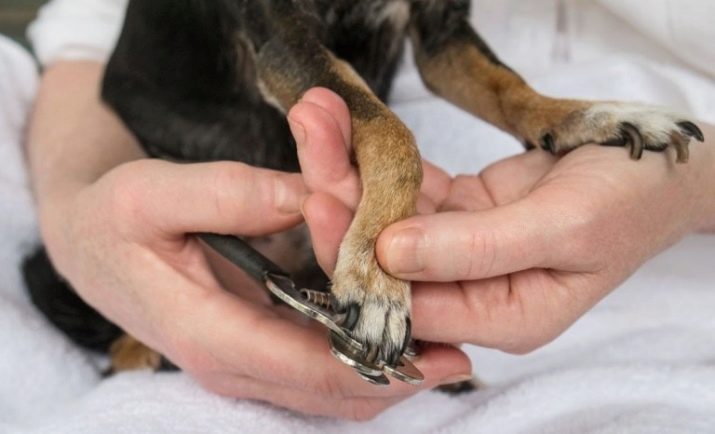
In such a situation, it is important to react quickly and not create panic. If necessary, you should ask someone from your family to call a veterinarian at home or prepare everything for a trip to the clinic. In parallel, it is worth providing urgent assistance with this algorithm.
- Start talking to your pet in a calm and reassuring manner. Do your best to distract your dog from pain and injury.
- Tie a piece of sterile gauze around the injured paw on the wrist, this place is called the metatarsus. This kind of tourniquet will help calm the bleeding.
- Tighten and secure the gauze bandage. Try to raise your paw as high as possible. Use something cool, such as ice or food from the freezer. Pre-wrap a suitable item in a cotton cloth and a plastic bag. The cold will slightly reduce pain and reduce bleeding.
- As soon as the blood has subsided slightly, it is necessary to visually assess the situation. If open tears of soft tissues are visible, then pour novocaine or lidocaine there.Manipulation will reduce pain as much as possible.
Be sure to contact your veterinarian soon.
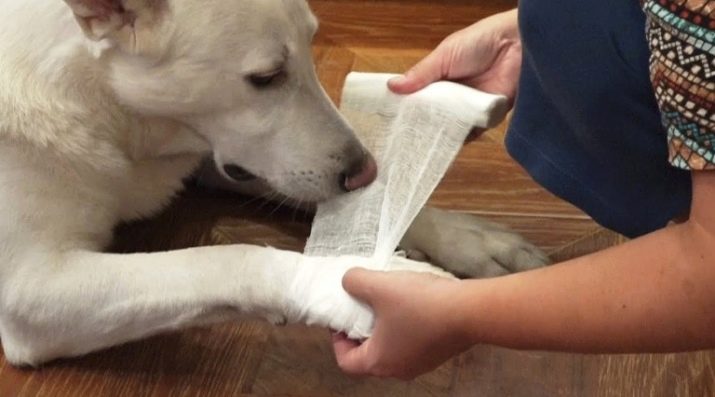
The nuances of choosing a claw cutter for dogs are described in the video below.







































Great article! I thought to buy a claw cutter or not. To trim the claws of a dog costs 250-300 rubles, obviously cheaper than injuring, and then treating. My dog needs this procedure once a year.